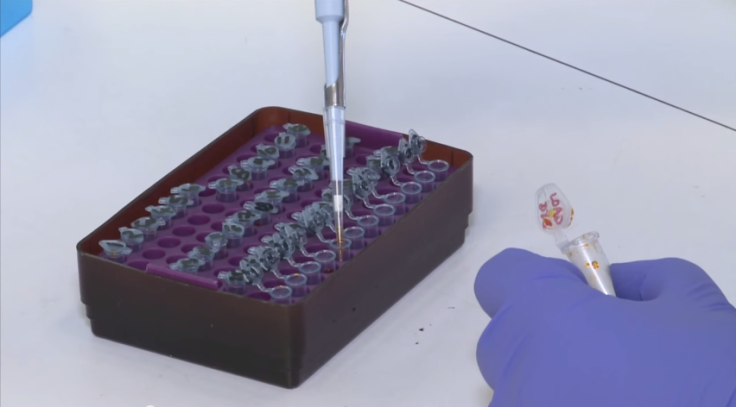Scientists Grow Functional Organ From Scratch, As Transplantation Gives Way To Engineering

The esteemed astronomer Carl Sagan once said, “If you wish to make an apple pie from scratch, you must first invent the universe.” He wasn’t hyperbolizing, necessarily — “from scratch” implies a sort of initial creation. But what would the late scientist make of a functioning organ lab-grown from only the cells that compose it?
That’s the research emerging from the University of Edinburgh as of late. Scientists from the University’s MRC Centre for Regenerative Medicine have advanced the field of organ engineering a step further with their lab-grown thymus, which began as a tender batch of cells and matured into a fully-formed organ. The findings hold promise as organ engineering begins to chip away at traditional transplant methods.
“By directly reprogramming cells we’ve managed to produce an artificial cell type that, when transplanted, can form a fully organized and functional organ,” said study leader Professor Clare Blackburn in a statement. “This is an important first step towards the goal of generating a clinically useful artificial thymus in the lab.”
Blackburn and her colleagues extracted cells known as fibroblasts from the embryos of lab mice. They then increased the levels of a protein that normally aids thymus development in the embryo, known as FOXN1, in order to reprogram these fibroblasts to become a type of thymus cell called thymic epithelial cells. These are the cells that let the thymus make T-cells — a critical set of immune cells that help white blood cells fight off cancers and infection. Generating a new thymus altogether could help eliminate thymus disorders, which otherwise demand a perfect tissue match for transplantation to occur.
Once the team had secured the thymic epithelial cells, they combined them with separate thymus cells to make the batch more stable overall. Then they grafted the resulting mixture onto mice that were genetically identical to each other. Within four weeks, the cells had produced a fully-formed organ with the same structure and anatomy as a regular thymus.
The breakthrough builds on prior research into partial organ construction with stem cells. Science has already created various segments of a heart, liver, and last year’s landmark development: a miniature brain. Human organs, however, will prove more of a challenge, the researchers say.
"It remains to be seen whether, in the long term, cells generated using direct reprogramming will be able to maintain their specialized form and avoid problems such as tumor formation," Dr. Paolo de Coppi, a researcher of regenerative therapies, told the BBC.
For Blackburn and her team, this is just the first step in what they envision to be a long road of toying and tinkering. It’s a proof the concept is viable, and that entire full-grown organs may be possible — without needing to create the universe first.
“This research is an exciting early step towards that goal,” said Dr. Rob Buckle, head of regenerative medicine at the MRC, “and a convincing demonstration of the potential power of direct reprogramming technology, by which once cell type is converted to another.”



























